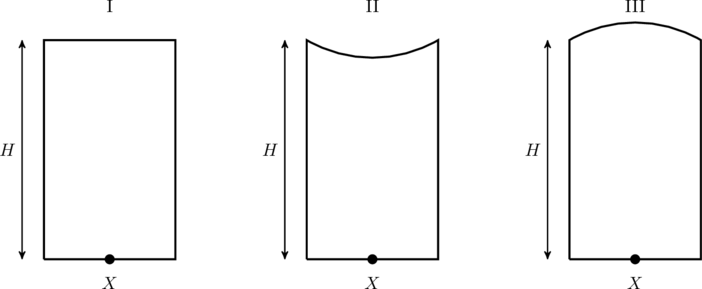The usual discussions of geometrical optics often rely too heavily on ray diagrams to locate the image and study its properties. We will demonstrate that all of these insights can be obtained purely by algebra on the mirror equation. Developing these instincts will help us solve optics problems without having to use crude, hand drawn, and often inaccurate ray diagrams. Our main results are summarized in the table below.
We begin by recalling the mirror equation
(1) ![]()
where ![]() and
and ![]() the distances of the object and image from the mirror, and the focal length
the distances of the object and image from the mirror, and the focal length ![]() , for a spherical mirror with …
, for a spherical mirror with …
